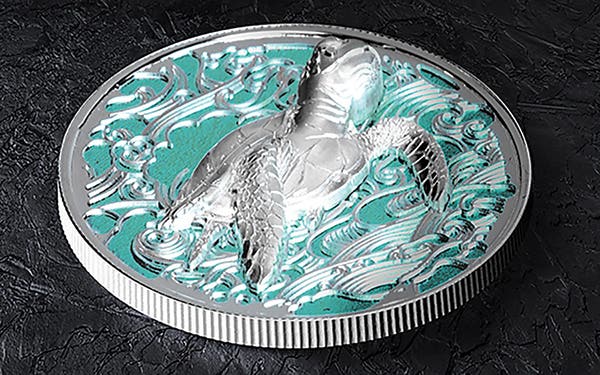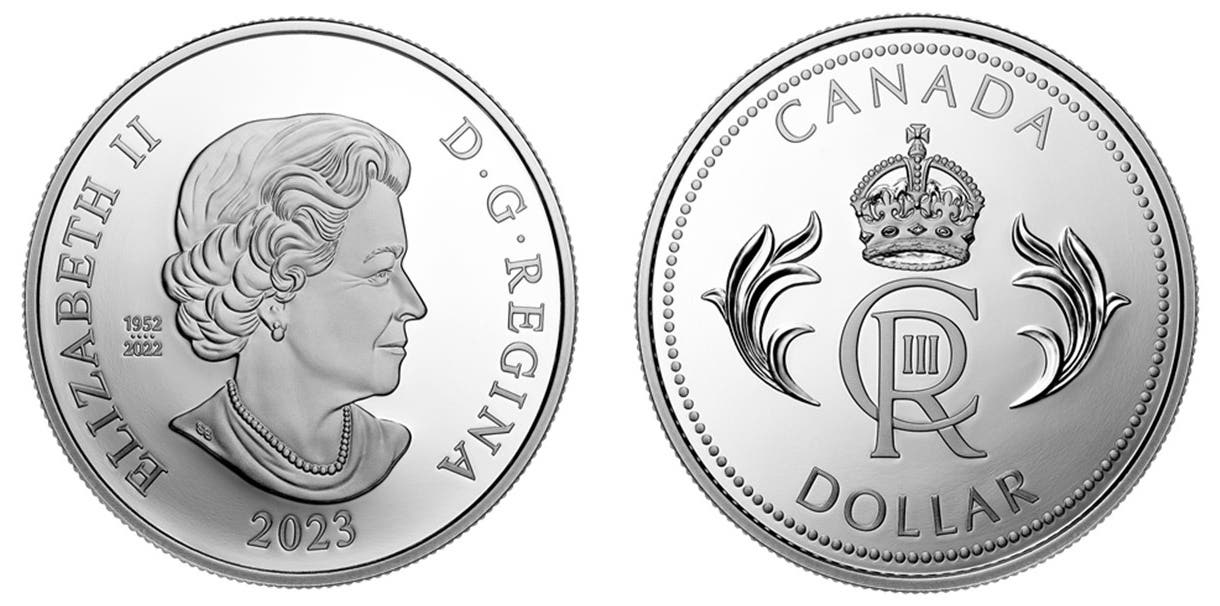Demand shifts to best 1918-D dimes
Historically speaking, when it comes to regular date Mercury dimes, most have figured the set to be the 1916-D followed at a great distance by the 1921 and 1921-D with no other dates coming close. Of course, much of the traditional thinking about Mercury dimes comes from the period prior to grading services and even before designations like MS-60 and MS-65 were used.
Historically speaking, when it comes to regular date Mercury dimes, most have figured the set to be the 1916-D followed at a great distance by the 1921 and 1921-D with no other dates coming close. Of course, much of the traditional thinking about Mercury dimes comes from the period prior to grading services and even before designations like MS-60 and MS-65 were used. At that time a date like the 1918-D was not seen as very special.
The 1918-D had a mintage of 22,674,800, which was an average mintage at the time. The total may not seem average today, but the 1918-S was under 20 million and the 1919-S and 1919-D were both safely under 10 million.
However, low mintage or high, there was not much saving of the 1918-D at the time. There were not many dime collectors as a dime was a lot of money. And those who were assembling dime sets were probably doing so by date.
There wasn’t a significant change in interest in Mercury dimes in the years that followed. There were simply too many other options as the silver dollar would return to production and there would be a constant rise in the number of commemorative offerings. The dime would also continue as a higher denomination so Mercury dimes would simply circulate.
The best proof of the situation is seen in the so-called New York Subway Hoard. The hoard was begun in the 1940s and represented coins found in the change of the New York Transit Authority over the course of a couple decades. It turned up an astonishing total of 241 1916-D Mercury dimes. Certainly if the 1916-D was still circulating in such numbers just in New York, the 1918-D must have been readily available.
Even today the 1918-D is reasonably available in circulated grades, as is seen in its G-4 price of $3.90. It does not even surpass $10 until VF-20, where it’s listed at $13. In the 1990s it had a price increase in MS-60 that put it at $105, but it has not moved since then. It is hard to understand why as the 1918-D is not sitting around in rolls waiting for demand. If you wanted a few MS-60 1918-D Mercury dimes, you would probably have a pretty tough time finding them.
What interest there has been in the 1918-D has been in the higher grades. Like many Denver dimes of the 1920s, the 1918-D has proven to be tougher than expected.
The 1918-D currently lists for $600 in MS-65. That is actually down from a 1998 price of $680. This is due to a shift where some of the money once being spent on an MS-65 now demand an MS-65 with full split bands.
The proof of the situation comes when you compare the 1998 price of the 1918-D in MS-65 with full split bands of $9,750 to the price in the same grade today which is at $27,500. That is an enormous increase.
The question is whether the increase is justified, and for that information we turn to the grading services.
Numismatic Guaranty Corporation reports just seven examples of the 1918-D in MS-65 with full split bands and a single coin in MS-66 with full split bands. Professional Coin Grading Service’s total is 16 coins with two more in MS-66 with full split bands. The more expensive 1916-D, by comparison, is at 31 appearances in MS-65 with full split bands, 15 in MS-66 and six in MS-67.
It is too much to expect that the 1918-D is going to suddenly pass the 1916-D in price since there is added demand for the 1916-D. However, it is not out of the question for the 1918-D to reach the same level of the 1916-D. It is certainly justified based on numbers known.
More Coin Collecting Resources:
• Subscribe to our Coin Price Guide, buy Coin Books & Coin Folders and join the NumisMaster VIP Program








